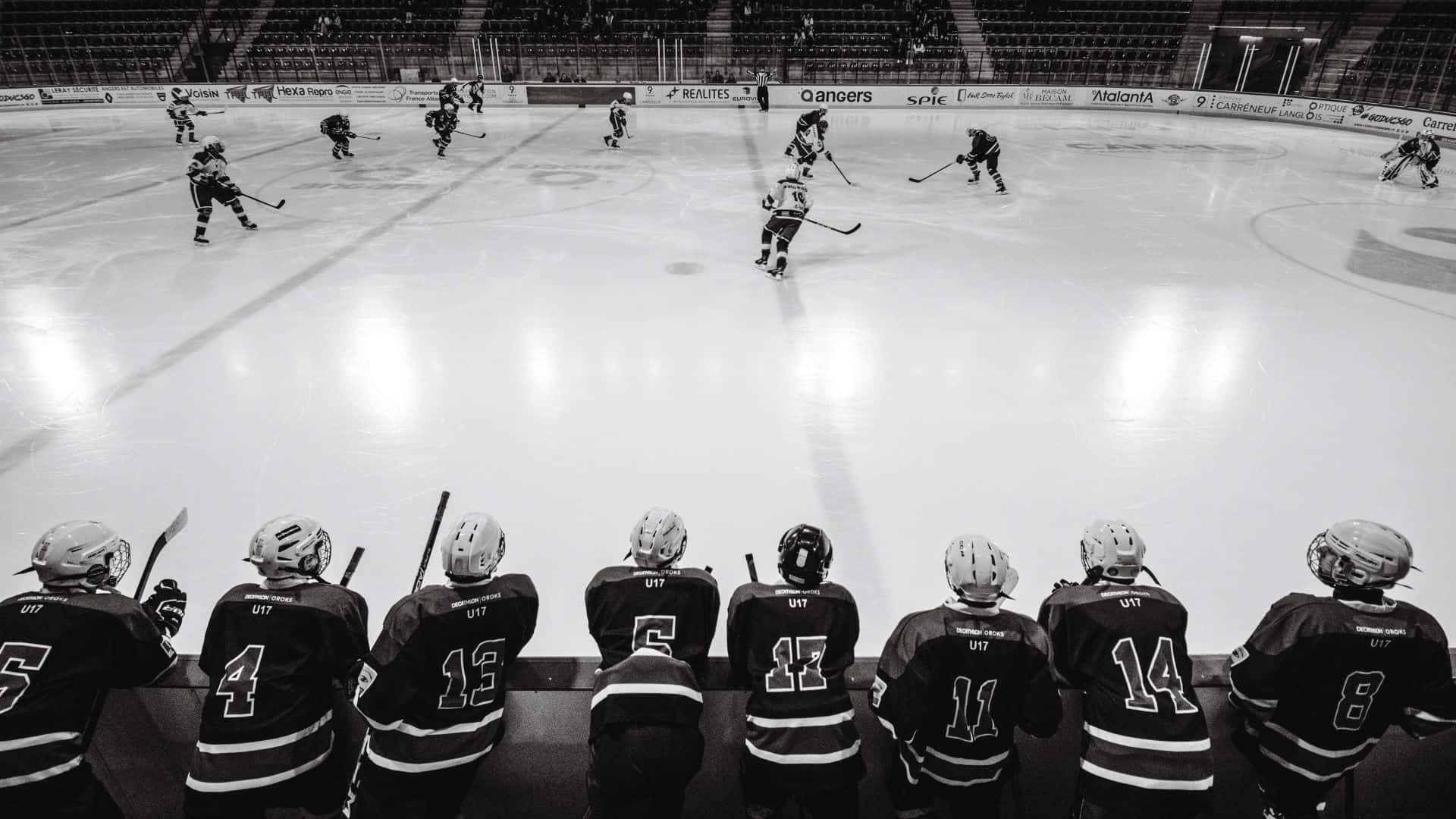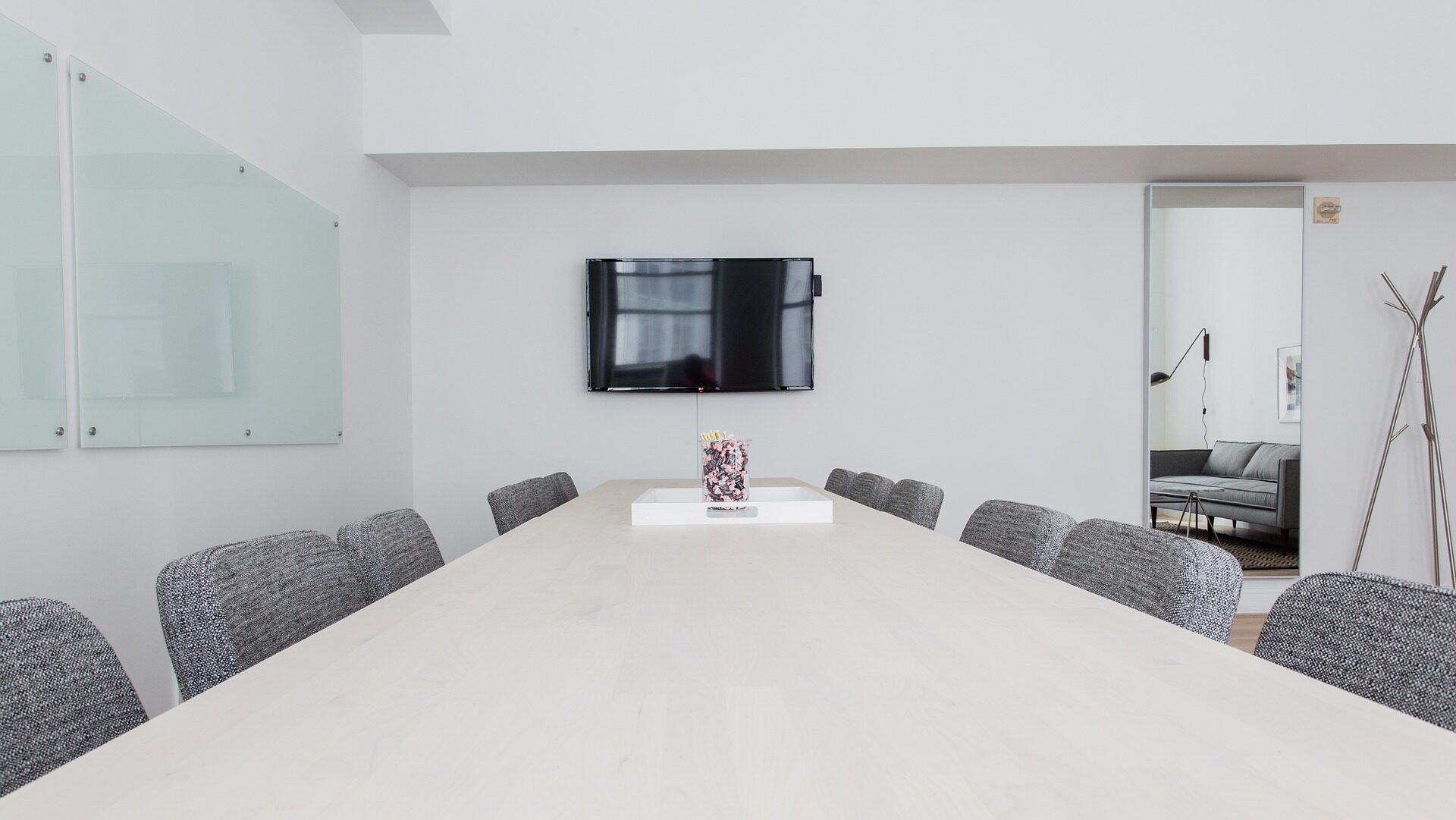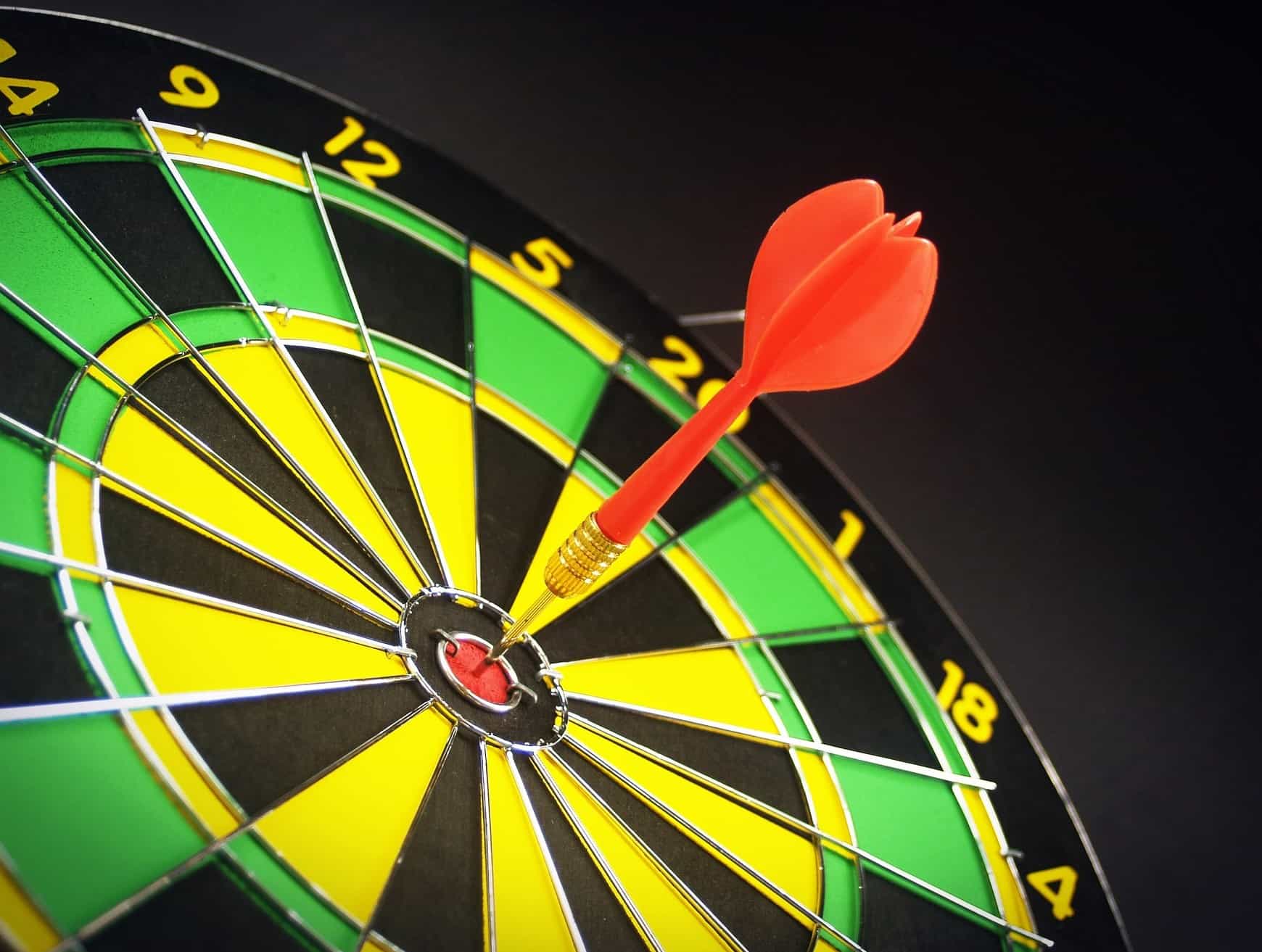Skate Shorter Shifts: A Strategy for Focus
Use this hockey lesson to remain focused amidst distractions.
If you’re struggling to stay focused throughout this pandemic, you’re not alone—it’s a recurring theme for workers across organizations and industries. There are countless distractions every day as coronavirus concerns, economic uncertainties, and social unrest compound the challenges of working from home with partners, pets, and children. For most of us, sustained focus is a real challenge these days. But for those of us looking for ways to improve our focus, insight may come from a surprising source: your favorite hockey team.
Hockey is one of the only sports where players can enter and leave the game on the fly. You don’t have to wait for a whistle or a stoppage in play, like in most sports. Coaches can change players at virtually any time. The challenge is keeping players from staying on the ice too long for a given shift.
At the higher levels of the game, players typically skate 45-second shifts. But at key times, coaches will have their players skate shorter shifts. That might be near the end of a hard-fought game, when the team has played several games in short succession, or at crunch time during a post-season tournament. In those cases, skating shorter shifts preserves players’ stamina, energy, and focus. Skating shorter shifts can make the difference between winning and losing. That is true of your work, too, especially during this unique, challenging time. For you, skating shorter shifts means giving laser-focused attention in 50-minute blocks that enable you to accomplish your top priorities and highest quality work.
Here are five steps to facilitating these focused work sessions.
Optimize Your Environment
Move anything from your desktop that will distract from your focused attention. That includes the physical desk or table where you work, as well as any open windows on your computer. Put away your smartphone, tablet, and any other device that can generate notifications and other distractions that will steer you off course. If possible, close the door to your office or workspace to block external distractions. If you work from home, coordinate with your household to preserve your ability to work uninterrupted during this 50-minute focused block of time. The same is true if you’re working in a company office. Enlist your team members and coworkers to protect your undistracted attention. Consider using noise-reducing headphones if you can’t eliminate distracting background noise.
Narrow Your Focus
Set a clear goal for what you want to accomplish during your focused work session. Identify this goal at the end of the previous day or the first thing in the morning to anchor it in your head and avoid wasting precious time at the start of your session figuring out what to do. Determining your goal ahead of time will enable you to hit the ground running—or hit the ice on the fly, as the case may be.
Dedicate these sessions to high-value, meaningful work that requires deeper concentration, not routine tasks like processing your email or calendar issues. This is an opportunity for intense focus and deep thinking. Make your goal clear and specific; think of it as a race against the clock for a significant accomplishment during this time. Fifty minutes doesn’t seem like much, but it’s amazing what you can get done when you stay laser-focused on the goal.
Keep a notepad to record other ideas and concerns that arise. Moving them to the “bench” list will enable you to regain focus rather than allowing them to take you down a long rabbit trail.
Set Your Timer
Many hockey teams assign an assistant coach to track how long their players have been on the ice. The coach uses a stopwatch to determine when it’s time to change players. By limiting their players’ shifts, coaches prevent fatigue from sapping the stamina and focus needed for peak performance. This principle is crucial as you plan your focused work sessions, too.
Start with 50-minute shifts and use a timer to keep to that limit. Research shows that 50 minutes (give or take a few minutes) is about the most an average brain can stay laser-focused on tasks that require significant cognitive attention. With practice, you might extend your ability to focus longer and adjust your work sessions’ timing accordingly.
Don’t overdo it; avoid going past the point of diminishing returns when your performance starts to wane. I use a countdown timer on a productivity app called Focus at Will to limit my time (which also plays music scientifically proven to improve focus).
Take Your Break
Stop when your timer goes off. Put those last words down on paper or numbers on the spreadsheet, then give yourself a break. Again, research has proven that our brains need a break from intense focus to remain productive. It is no different from taking breaks between exercises if you work out with a personal trainer or at a gym.
Make a note of where you leave off before you take your break, so you can resume your work seamlessly. Then get away from your computer screen, desk, or workstation. Your mind needs a break, and so do your eyes, back, and seat. Take a short walk, refill your coffee, or pet the dog.
Set your break timer for five to 10 minutes and when that time is up, go back to work. Rinse and repeat. With practice, you can string together a series of three or four focused work sessions before needing a more extended break. You can maximize the value of these focus and rest sessions by reserving regular blocks for them on your calendar.
Plan Your Recovery
Despite your best efforts, at some point, one of your focused work sessions will unravel. It’s inevitable. A coworker will interrupt you, a family member will intrude, or the dog will bark at the UPS truck—or you’ll simply find your mind drifting from the task at hand. Don’t throw in the towel; stay in the game. You can prepare for these disruptions and create a plan to recover after they occur.
When the interruption breaks your focus, first make a note of where you left off so you can return to that point and then go ahead and take your break ahead of time to deal with the interruption or clear your head. Then return to work and continue toward your goal.
Give it a try. Skating shorter shifts will help you achieve greater concentration amid the distractions of this challenging time. Once you make it a practice, it can help you become a more effective and focused leader.
This article was first published in my Leadership Matters column for the Illinois Society of CPAs Insight magazine.









